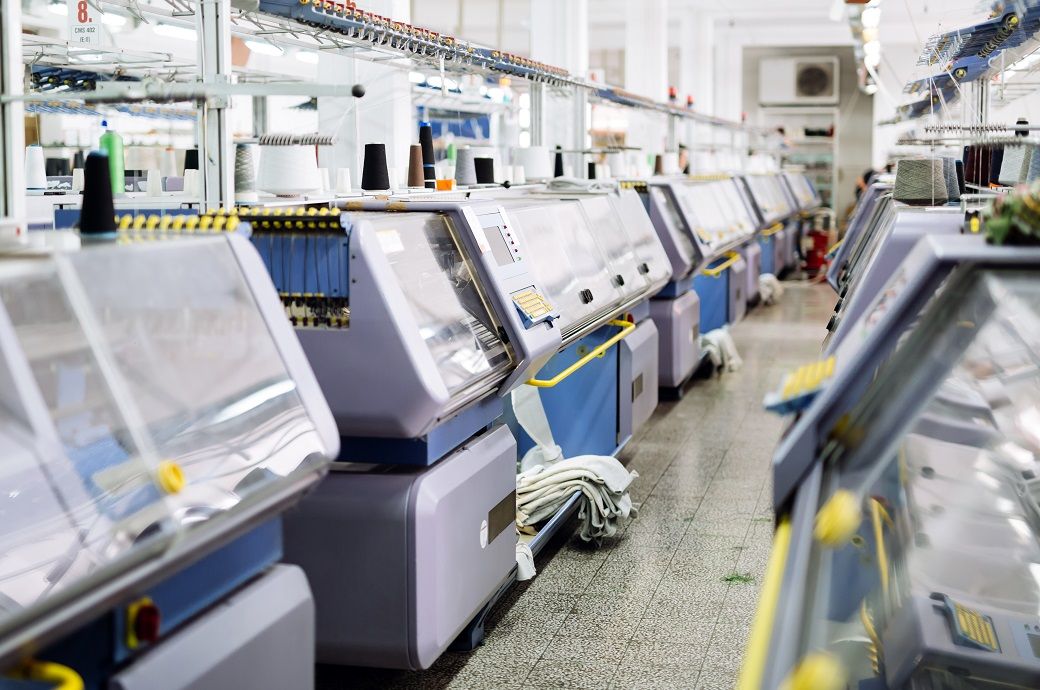
Contributing to the uptick in the headline index was a renewed rise in new sales at goods producers during October. New orders increased for the first time in six months, and at the fastest pace since September 2022. Although firms noted an improvement in demand conditions, the rate of growth was only marginal overall as some companies continued to note a subdued sales environment, S&P Global said in a press release.
Total new order growth was led by domestic demand, as new international sales fell further and at a slightly sharper pace than in September. Dollar strength reportedly hampered global competitiveness and foreign sales, alongside difficult economic conditions in key export markets.
Greater amounts of overall new work spurred a faster upturn in production in October. The pace of growth quickened slightly to the second-fastest since May 2022, but was slower than the long-run series average.
Backlogs of work contracted for the 13th month running at the start of the fourth quarter. Although the pace of decline slowed to the weakest in this sequence, the moderation in the speed of decrease was reportedly indicative of dwindling volumes of backlogs. Evidence of spare capacity was also seen in a renewed drop in employment in October. Workforce numbers fell for the first time in 39 months, and at the fastest pace since June 2020, as firms chose not to replace voluntary leavers.
Meanwhile, input costs rose at the fastest pace since April. Manufacturers often noted that greater oil and oil-derived material prices had pushed up operating expenses. The rate of cost inflation was slower than the historic average, however.
Efforts to remain competitive and drive sales reportedly constrained pricing power. Although output charges rose at the quickest pace in six months, the rate of increase was much slower than the peaks seen in the last two years.
Manufacturers continue to anticipate a rise in output over the coming year, but the degree of confidence in the outlook dipped to the lowest in 2023 so far. Waning backlogs and relatively subdued demand conditions reportedly weighed on optimism.
Finally, goods producers ran down their stocks of finished items and purchases again in October. A slower fall in postproduction inventories was in part linked to weaker than anticipated order growth and continued processing of backlogs. Firms also reduced their input buying further.
ALCHEMPro News Desk (NB)
Receive daily prices and market insights straight to your inbox. Subscribe to AlchemPro Weekly!